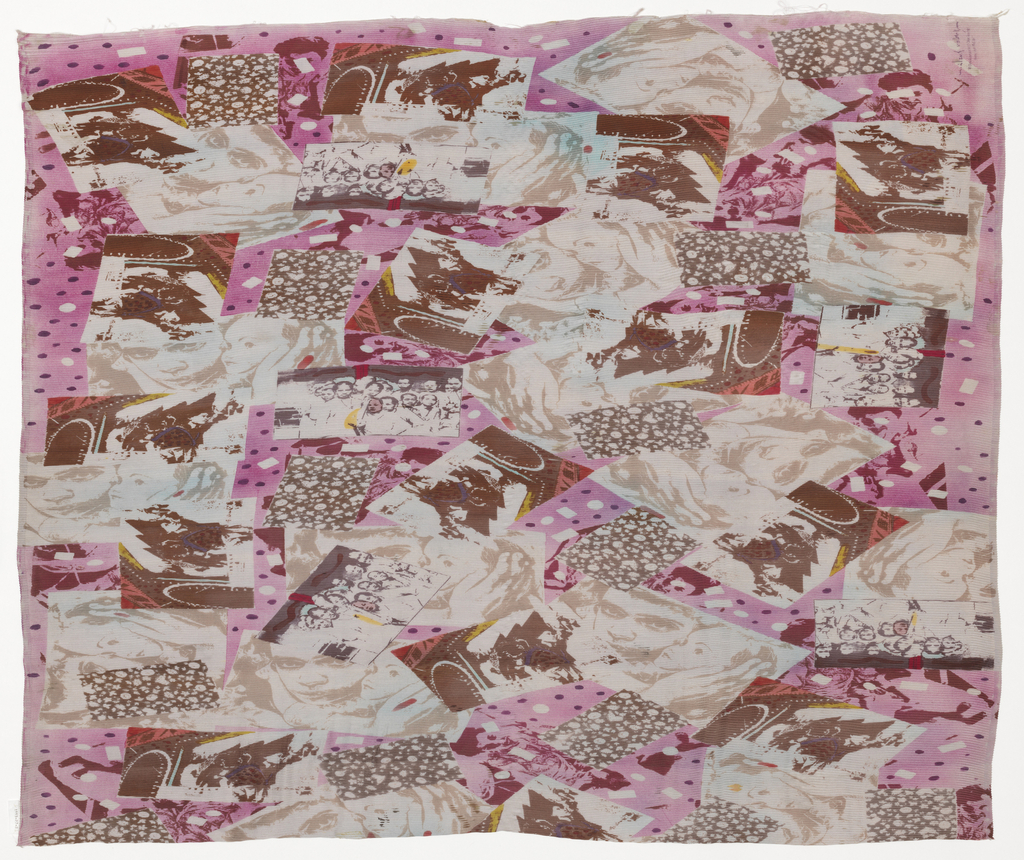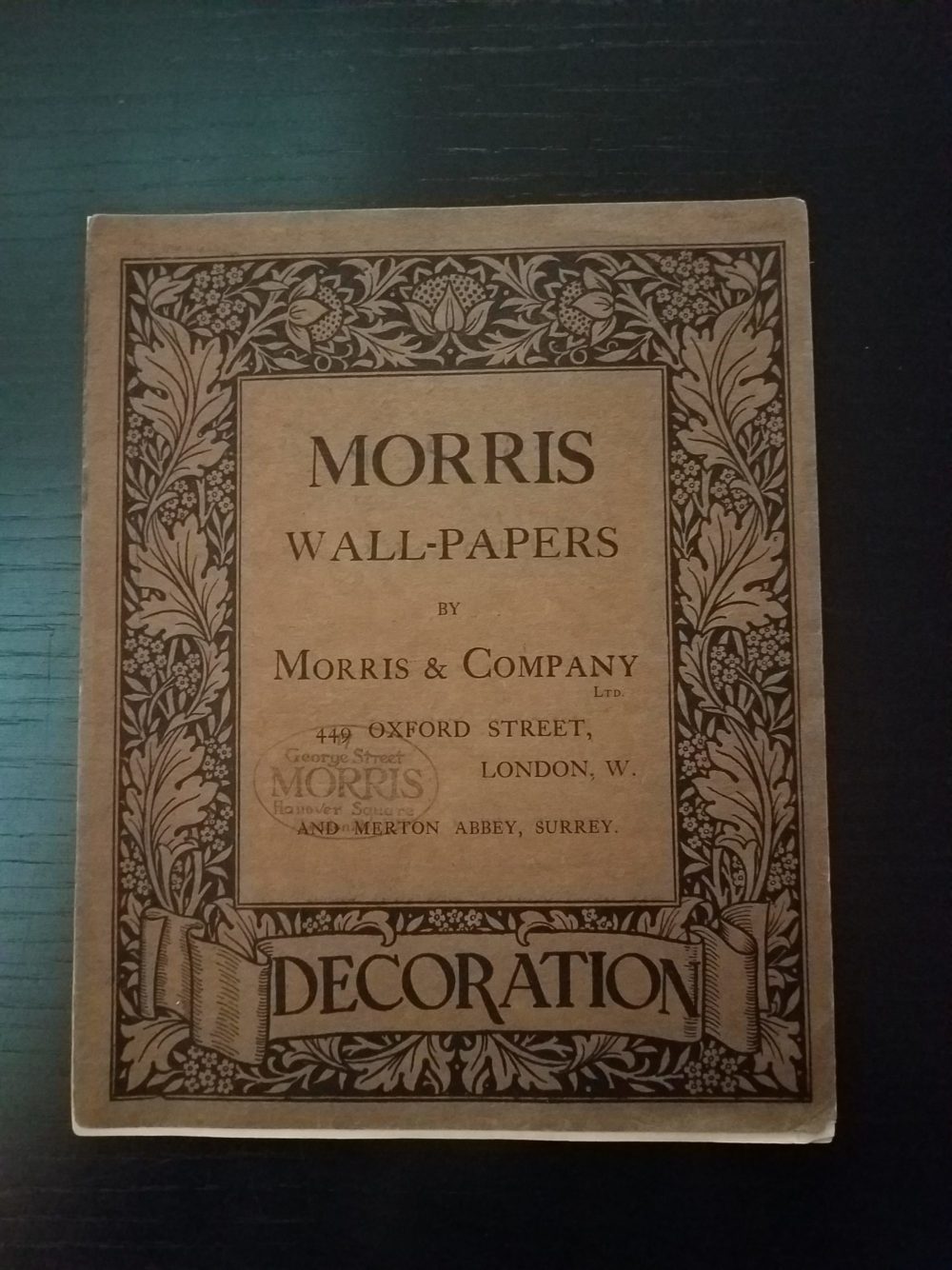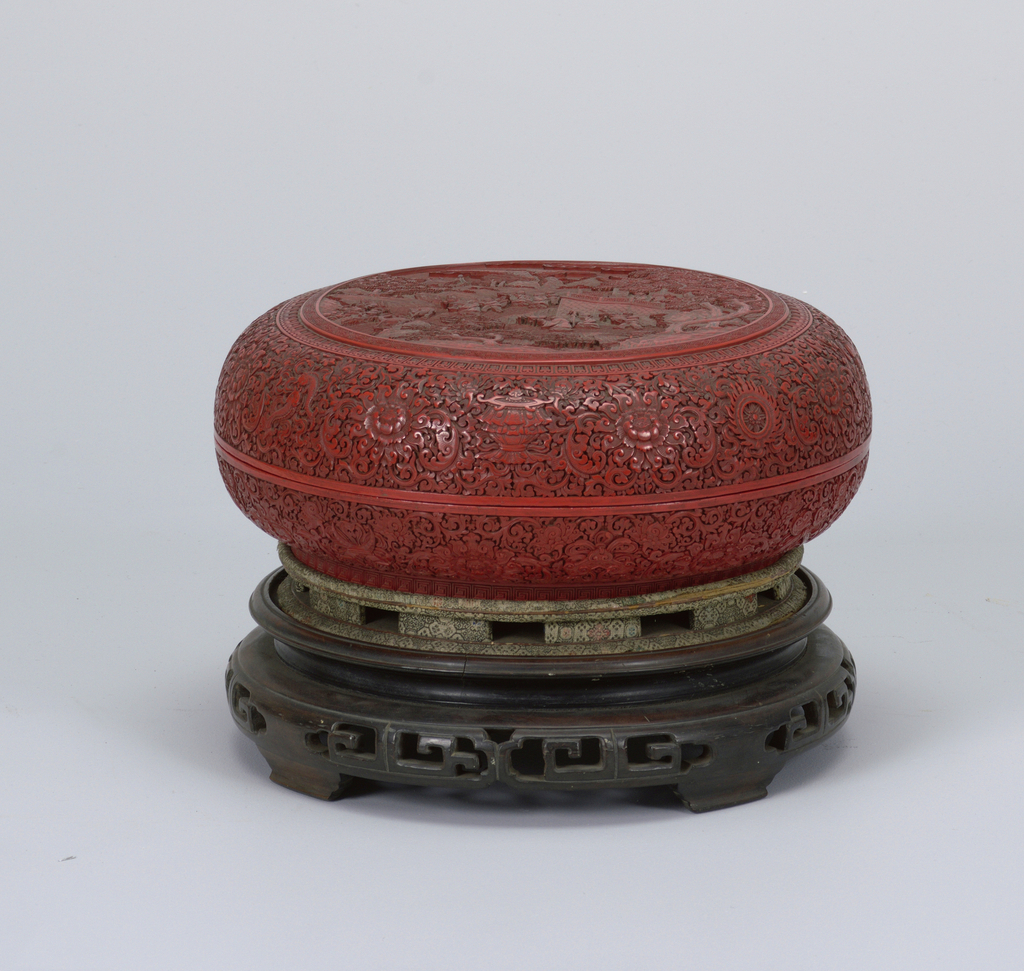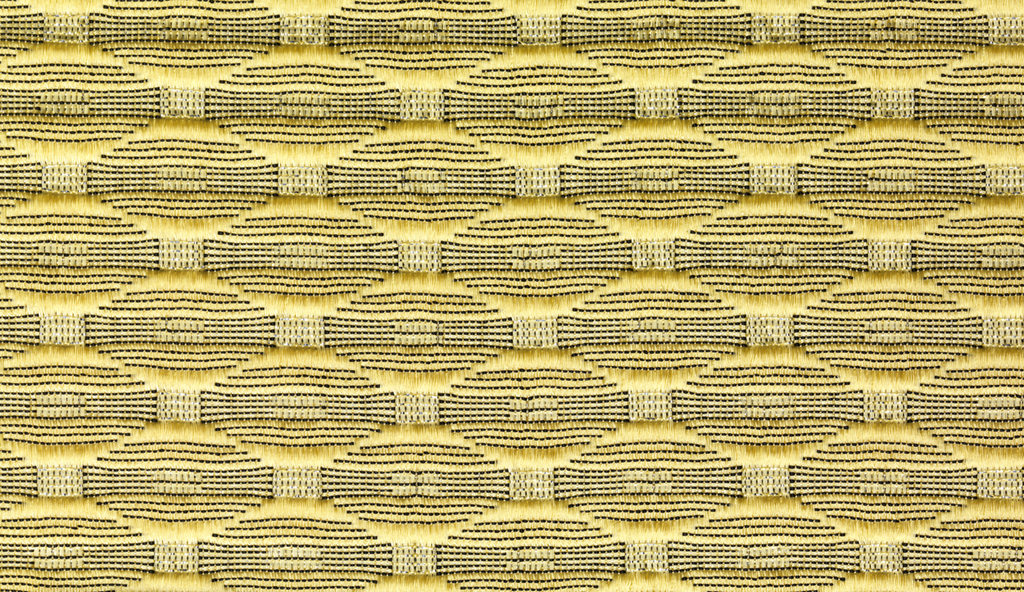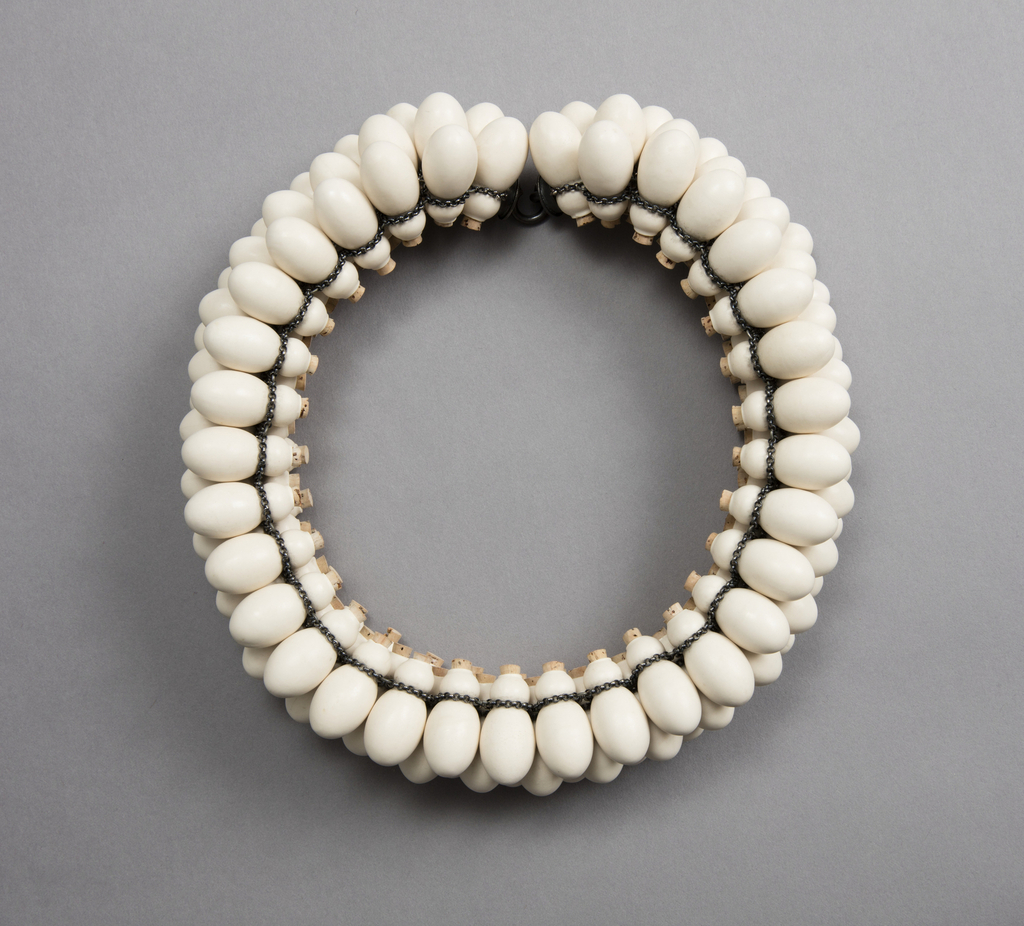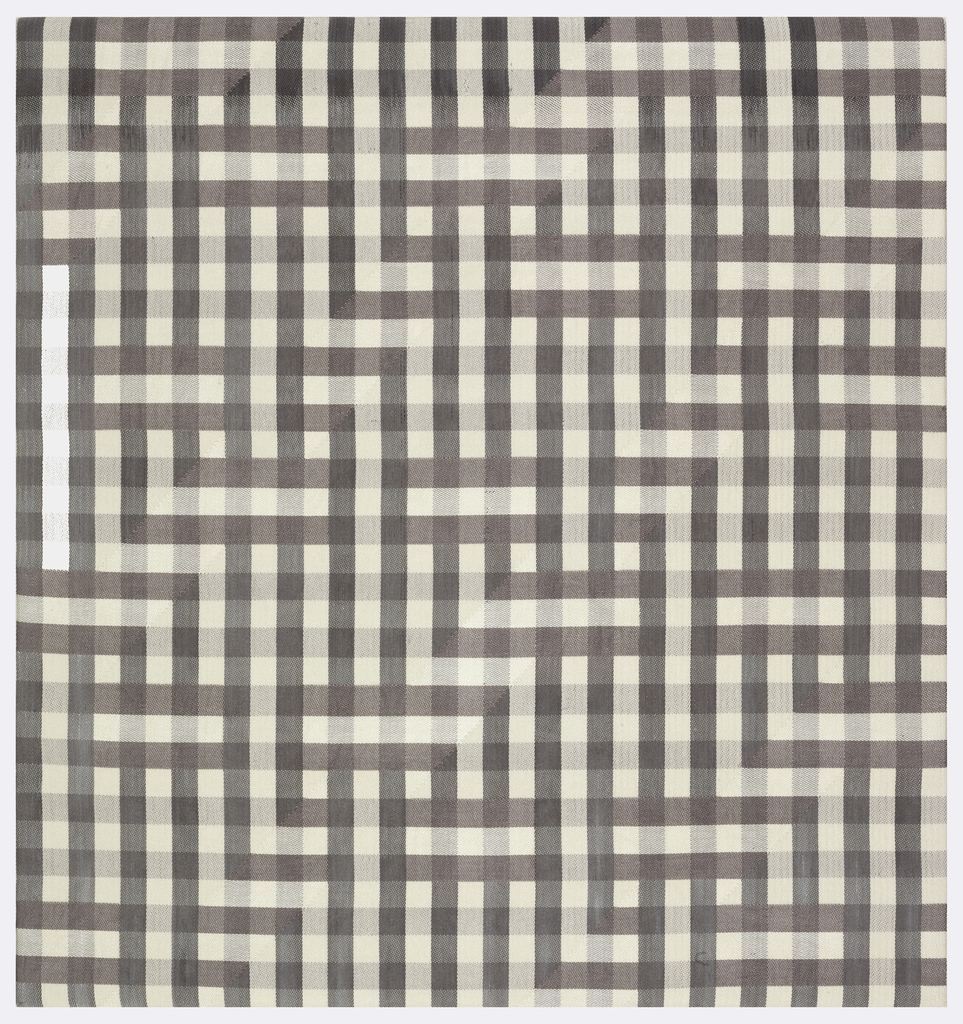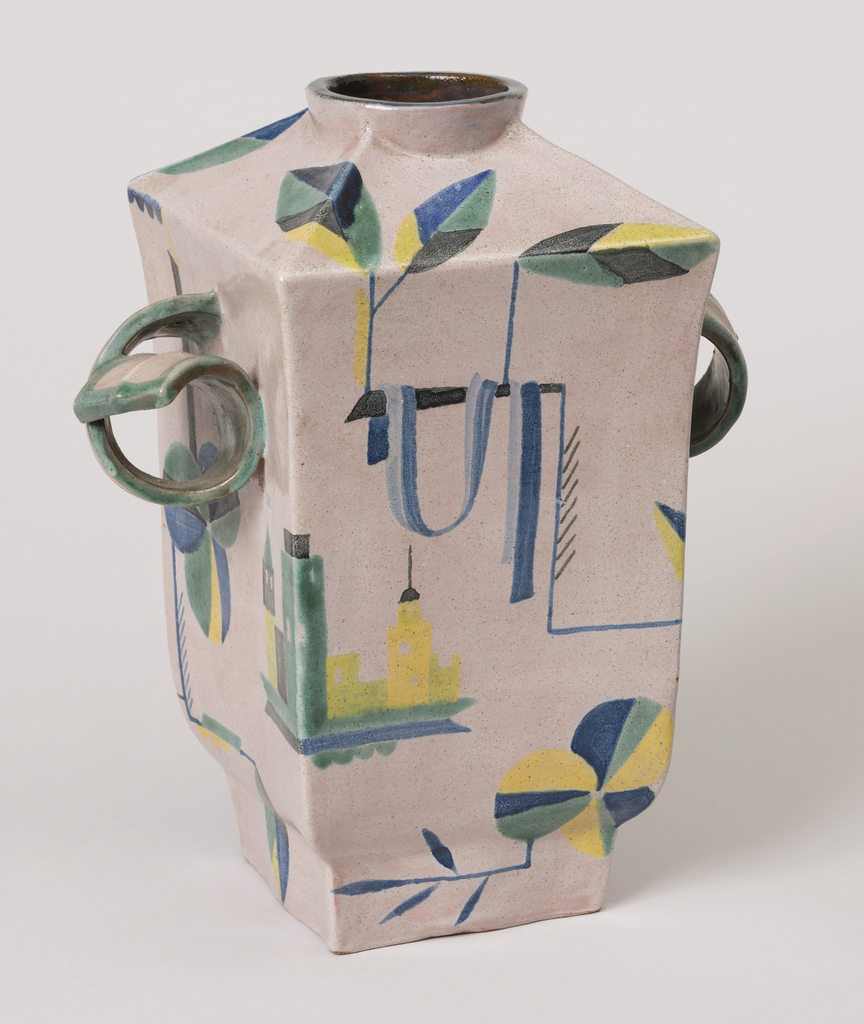In celebration of World Pride, June Object of the Day posts highlight LGBTQ+ designers and design in the collection. Clark Robertson moved to New York City, from Texas, in the late 1970s to establish a design and printing business, at which he started producing printed textiles for fashion and interior design use. A design titled...
I could wax poetic on the virtues and talents of William Morris (1834-1896), such as his renowned association with the British Arts and Crafts movement, his contribution to the revival of textiles, the way he established concepts of modern fantasy, and his socialist endeavors. Instead, let’s view this rare trade catalog published by the Morris & Company...
To celebrate the opening of Saturated: The Allure and Science of Color (May 11, 2018-January 13, 2019), Object of the Day this month will feature colorful objects from the exhibition. This red lacquer box has a short circular foot and a precisely fitted circular lid. Together these elements combine to present a unified whole. The box rests...
To celebrate the opening of Saturated: The Allure and Science of Color, Object of the Day this month will feature colorful objects from the exhibition. This post was originally published September 4, 2012. America, 1957. Eisenhower was the President. Elvis was “the King.” And Ford Motor Company introduced its new 1957 automobiles, a “new kind...
This Object of the Day celebrates one of many treasured objects given by Clare and Eugene V. Thaw to Cooper Hewitt, Smithsonian Design Museum. It is published here in memory of Eugene V. Thaw. Click on this link to read more about the Thaws and their gifts to Cooper Hewitt. The popularity of boldly-decorated faience must be...
Ceramic beads have been used in jewelry for millennia. Recognizing the utilitarian quality of this material, Peter Hoogeboom chooses it as the primary material for his neckpieces. Hoogeboom had noted historical ceramic jewelry in museums yet did not often see clay used in contemporary jewelry. Through experimentation he found that the slip casting technique allowed him...
Ethel Stein (American, b. 1917) is a Westchester-based artist weaver. Trained as a woodworker, painter and sculptor, Stein became interested in textiles in the 1970s. She began her investigation of the techniques of weaving by studying historic textiles in the collections of the Metropolitan Museum of Art and Cooper Hewitt. Working closely with former curator...
Modern Viennese design greatly influenced American style during the Jazz Age. This vase, currently on view in the The Jazz Age: American Style in the 1920s, chronicles this dialogue in the history of modern design. Remarkably, it was one of a pair originally offered in the short-lived Wiener Werkstätte showroom in New York City. Established in 1921...
Now on view in The Jazz Age: American Style in the 1920s, this vase by Dagobert Peche is an explosion of movement and life.
